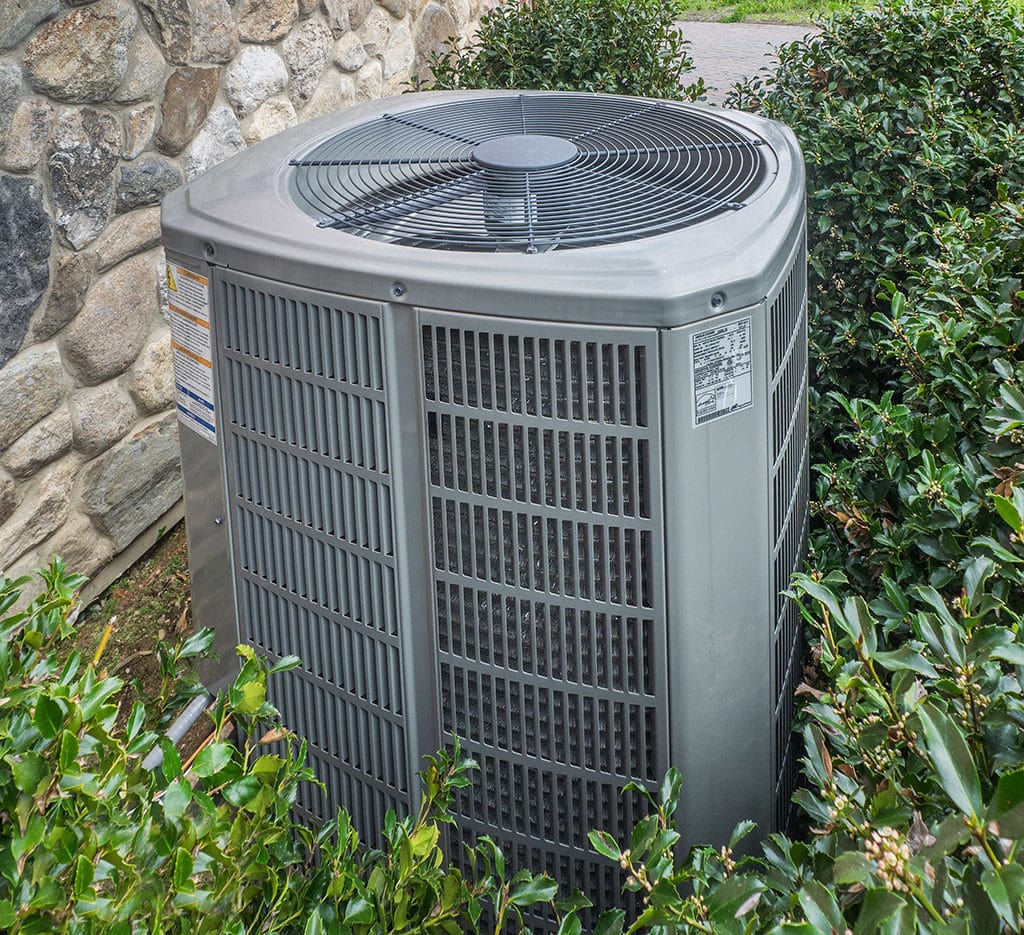
Know the Components of Your AC and Heating in Fort Worth, TX
An efficient heating and cooling system will keep the temperature within your home regulated throughout the year. The system is responsible for not only maintaining clean air within the home, but also for ensuring that you can relax in your home without letting the weather outside impact your mood. Considering how important a role the system plays in our home and in our lives, it is imperative that we give it the care and importance it deserves.
There are numerous important components present within your heating and AC in Fort Worth, TX. All components work together to get the desired temperature within the house, and have a set task to fulfill. These components need to be serviced regularly, which is why you should have basic knowledge pertaining to them. It is good to know what your serviceman is working on, and how you can look over the repair job. Being uninterested in the whole service job can have certain repercussions.
So, as part of educating readers about components in a heating and AC system in Fort Worth, TX, we will be mentioning all the important components, along with the work they do towards the smooth functioning of the system. Go through the components below and see how your system is performing.
Thermostat
The thermostat is perhaps one of the most important and most of the times the most visible part of your AC and heating in Fort Worth, TX. The thermostat can either be programmed to interpret changes in the temperature outside in advance, or it can work manually. More often than not, a thermometer is programmed in a way that helps it achieve the desired temperature based on the temperature outside. If the temperature outside needs some adjustment, or becomes too hot or too cold, the thermometer will trigger the system to either produce warm or cool air, as per the need. Since your AC and heating system in Fort Worth, TX works by identifying the possible needs for regulating temperature, the thermometer becomes an important part of the overall system.
Furnace
The furnace is the largest component of your AC and heating in Fort Worth, TX. Being the largest component, it obviously requires the largest space as well. So, most homeowners often store the system in the cellar, the basement or the attic. The function of the furnace is to heat the air that is to be circulated across your home. This heating can be achieved through one of the following four methods.
- Combustion
- Electrical Resistance
- Solar Energy
- Heat Pump
The heated air is sent forward for regulating temperature inside the home.
Heat Exchanger
The heat exchanger plays a pivotal role in the heating process of your house’s AC and heating in Fort Worth, TX. The heat exchanger is basically located inside the furnace and pulls inside cool air, before turning it into hot air. The heat exchanger not just pulls in the cool air, but then also distributes the heated air, made with the furnace, into all of the house’s rooms. The heat is circulated via the ducts and out through the vents.
Evaporator Coil
The evaporator coil plays a role opposite to that of the heat exchanger we talked about above. The evaporator coil is tasked with the job of cooling down the air that is generated by the furnace. The cool air is used by homeowners during summer times when thermostats are set at lower temperatures. Located at the exterior of a typical furnace, the evaporator coil is pretty much like the radiator inside an automobile. The cool air, when produced, is then expertly circulated across the ductwork.
Condensing Unit
Another important part of your AC and heating in Fort Worth, TX is the condensing unit. The condensing unit is connected to the evaporator coils that we talked about above. This unit might not be inside your house, since it is most of the time placed outside the house. The unit is then fitted with refrigerant gas. The condensing unit works in a unique manner to create an interesting use of the refrigerant gas in it. Once the refrigerant gas is cooled to a liquid by the heat exchange, the condensing unit sends the liquid to the evaporator coil to turn it into gas again. This process continues and the condenser keeps doing its work on a routine basis. A flawed condenser unit can often result in refrigerant leaks and poor cooling standards.
Refrigerant lines
Refrigerant lines serve as a means of transporting the water and gas that we talked about above. These lines carry a refrigerant substance in the form of gas, and then transport it back to the evaporator in liquid form. This transportation of the refrigerant usually takes place through the refrigerant lines. The refrigerant lines are basically narrow tubes that are made up of a metal tested to be cold and heat resistant. Copper and aluminum often come useful for these lines.
Ductwork
The ductwork in your AC and heating in Fort Worth, TX is responsible for transporting the cooled and warmed air across the different rooms in your home. These ducts are usually made out of light aluminum, but they can also be made out of plastic, steel and fiberglass.
Vents
The vents are the outlets that transport the heated and cooled air from the ductworks into all of your rooms. Your AC and heating in Fort Worth, TX is regulating the temperatures inside the home through these vents placed across different rooms. These vents are usually placed near the ceiling, so that they are able to generate a better and more organized flow of air. The vents and ductwork for your heating and cooling system should be regularly maintained to stop foul air and other mishaps.
If you need a repair or maintenance job for your AC and heating in Fort Worth, TX, then you should head over to One Hour Heating and Air. They have experienced professionals to handle your worries.


